
Cardboard Pizza: The Deadly Art of Losing Your Social Media Credibility


Unlike comedians, however, social media audiences expect constant engagement and instant gratification, pushing creators to move across platforms, crank out videos, posts, and collaborations just to maintain momentum. And the stakes are high.
Influencer marketing is now worth a staggering $21 billion — that’s not just Monopoly money. People and brands alike are chasing clicks, hoping to use their content to collect $200 as they pass Go.
Research from the Keller Advisory Group and Adobe shows that content creation has become a mainstream profession, with 27 million Americans and 300 million people worldwide identifying as content creators. Meanwhile, a HubSpot survey revealed that nearly 9 out of 10 marketers who’ve dabbled in influencer marketing plan to keep their budgets steady or even increase them.
So, if your local used car lot and Pepsi are reaching out to creators, what could possibly go wrong?
Quite a lot, actually.
Trust on the Rocks
Research from Nielsen, Reuters, and others paints a clear picture: People trust influencers more than traditional forms of media now.
Painful as that might be for The Old Guard, social media personalities have become the new gatekeepers, the go-to sources for news, facts, updates, and the like. There’s even a widespread belief that brands are better equipped than governments to tackle social issues.
With that kind of influence, you’d think these creators would be diligent with their endorsements. But the reality is that in the breakneck world of social media, it’s easy to get swept up in bad business deals.
Sponsored content is fair game, and with no oversight or journalistic standards to adhere to, many influencers end up pushing subpar merchandise or cringe-worthy sponsored products — anything to turn likes into cash. The result? They find themselves slapping their names on corny t-shirts or, worse, products they wouldn’t dare touch themselves. This phenomenon has a name (which we’re coining now): Crapfluencing.

The Crapfluencing Trap
The allure of relatability and authenticity is at the core of every influencer’s persona. They’re selling an experience, a sense of connection. People part with their money because they believe in these creators. But when influencers peddle $50 socks that unravel after one wash, it doesn’t just damage the product — it shatters trust.
Consider the infamous case of beauty YouTuber Jaclyn Hill’s lipstick launch. Her Jaclyn Cosmetics line, hyped to The Max, turned into a complete trainwreck.
Customers found hairs (gross), holes, and suspicious textures (🤮) in her lipsticks.

Even the mighty Dave Portnoy stumbled. The Barstool founder built his reputation as the King of Pizza Reviews, giving brutally honest opinions on everything from New York slices to Chicago deep-dish pies. So, when he launched his "One Bite" frozen pizza, fans expected top-tier quality. The verdict? Most people said it sucked. At best, it got “fine” as a review… but not "One Bite" level good. The frozen pizza tasted like any other store brand, leaving many duped by the price tag — proof that even a strong brand can fumble the merch game. Delishably said in their review, “Overall, the One Bite Five Cheese Stone Baked Crust frozen pizza wasn't terrible.” Not exactly the same barometer of flavor as what the social media empire was built on.
A YouTube food review channel called TheReportOfTheWeek (aka Reviewbrah) compared the One Bite pizza’s texture to cardboard and expressed disappointment over its quality, noting that it didn’t meet the expectations for a pizza associated with Portnoy’s well-known standards. Portnoy a hypocrite? Lol, never.
There’s a challenge when a creator drops a product or shoutouts out a collaboration — the perception is there’s a “brand standard” to which the name signifies quality and trust due to the human-centric nature of the agreement between the seller and the buyer. But that isn’t always the case thanks to the frantic pace of brand deals or just trying to strike while the iron is hot because, for a lot of these creators, the iron could go cold at any moment.
Logan Paul’s “Maverick” clothing line faced a similar backlash for poor materials and sizing issues, leaving customers with the impression that Logan was simply cashing in on his name. Meanwhile, Jake Paul’s “Edfluence” program — a supposed course on becoming a social media star — turned out to be nothing more than a glorified compilation of content readily available for free on YouTube. It’s the classic bait-and-switch model, but with social capital on the line.
According to a study by Influencer Marketing Hub, the influencer marketing industry is expected to hit $24.1 billion next year, but not all campaigns deliver that mouthwatering ROI.
A survey by Matter Communications reported that 61% of consumers are skeptical of influencers who promote products for cash, and 49% say inauthentic endorsements make them hit “unfollow.”
And it’s not like there aren’t plausible and lucrative brand deals or creators who release high-end merchandise that’s worth the price point.
Video mastermind Zack King has branded snapbacks and shirts with a logo that’s clean and timeless, while even the Dude Perfect guys sell branded basketballs and jerseys, all of which aren’t tacky garbage. Even kids’ YouTuber Unspeakable has decent merch: zip-faced lizard hoodies and a card game called “Poop.” 💩
A Case Study in Disaster: TanaCon
Nothing embodies influencer missteps more vividly than Tana Mongeau’s TanaCon. It was supposed to rival VidCon but ended up being the YouTube equivalent of Fyre Fest. Attendees were left baking in the sun with no shade or food — some even suffered second-degree sunburns while waiting in line. Most didn’t get to meet their favorite personalities, and the whole thing unraveled into chaos. The “VIP packages?” Stickers and a condom.
The backlash hit hard, knocking Mongeau’s reputation, though she’s still amassing millions of followers. But it serves as a cautionary tale: not every quick-money move pays off, even when intentions are good.
The Pitfalls of Partnering and Brand Ambassadorships
Another way influencers stumble is by eagerly accepting lucrative corporate deals. It’s hard to resist the big money, especially for newer or smaller creators. But it’s a slippery slope. A trusted voice suddenly hawking SR-22 insurance in the middle of a vintage clothes shopping post is jarring, to say the least. And remember Kendall Jenner’s infamous Pepsi commercial? Trying to “woke-wash” a political protest with soda was not just tone-deaf — it backfired for everyone involved.
Even the Federal Trade Commission has guidelines for influencers, expecting “clear and conspicuous” disclosure of monetary or “gifted” relationships. Kim Kardashian was fined $1.26 million in 2022 for failing to disclose her partnership with EthereumMax, a crypto company she promoted on Instagram. It’s not just her — DJ Khaled, Lindsay Lohan, and Naomi Campbell have all been caught for a lack of transparency in their crypto partnerships.
Bad creator brands




Kim Kardashian’s KKW Beauty serves as a case study about how bad brand deals can chip away at credibility. Launched in 2017, the brand faced backlash for its limited shade ranges, poor product quality, and uninspired packaging. Despite initial success, the brand felt like a cash grab that didn’t align with consumer demands. A rebrand in 2021 was essentially damage control.
Fast-fashion behemoth Shein also stumbled spectacularly in 2023. In an attempt to counter claims of child labor and unsafe working conditions, Shein invited a group of American influencers to tour its facilities in Guangzhou, China. The influencers gushed over the "innovation center" but never saw the actual factories. The staged PR stunt angered fans, and backlash hit hard. One creator, Dani DMC, terminated her partnership, saying, “I made a huge mistake.” As the professed creator of the Internet, but more really the former vice president of the United States Al Gore famously said, “The digital revolution has made every citizen a potential journalist.” In this case, it was more like getting an all-expenses paid first-class plane ticket for a few kind words against a clearly predatory narrative rather than honest reporting.
Crapfluence Everywhere
If creators don’t scrutinize what they promote, they risk becoming another cautionary tale. It’s crucial for influencers to ensure any product associated with their name is worth the price tag. Otherwise, they’re one bad launch away from a flood of angry comments.
Making a quick buck might be tempting, but those who prioritize quality over cash will ultimately stand the test of time. It’s a tricky balance — social media integrity can take years to build, but only one misstep to destroy. And that’s the rub in a shifting economy: There are only so many chances to make money in a fashion that feels like the creator can be themselves against the traditional playbook of punching a clock — many of us would do the same to keep the lights on, but at what cost?
Is It Worth It?
Our in-house travel and lifestyle creator, Mel, shared a story that speaks volumes: “I was offered $45K for a campaign with a pet food brand that was being accused of causing health issues in pets. The money would’ve been incredible, but endorsing a product I wouldn’t use myself, especially one that might harm my audience’s pets, was not worth it.”
It’s not just about what you’re selling — it’s about who you are and what you represent. Authenticity isn’t just a buzzword; it’s the cornerstone of every creator’s relationship with followers who transform a tenuous online presence into a viable career. So, is a short-term payday worth the long-term fallout? Losing trust means more than just losing followers — it’s an entire career dismantled in real-time. Look at PewDiePie (just Google him) or, in a different context, Mr. Beast. Compromising trust, even for a big payout, isn’t just risky — it’s career suicide.
Read on:


All
She Sold her Bathwater, but You Drank it


All
CRIMINAL INVESTIGATION REPORT: THE GLEEFUL DEATH OF TRADITIONAL MARKETING
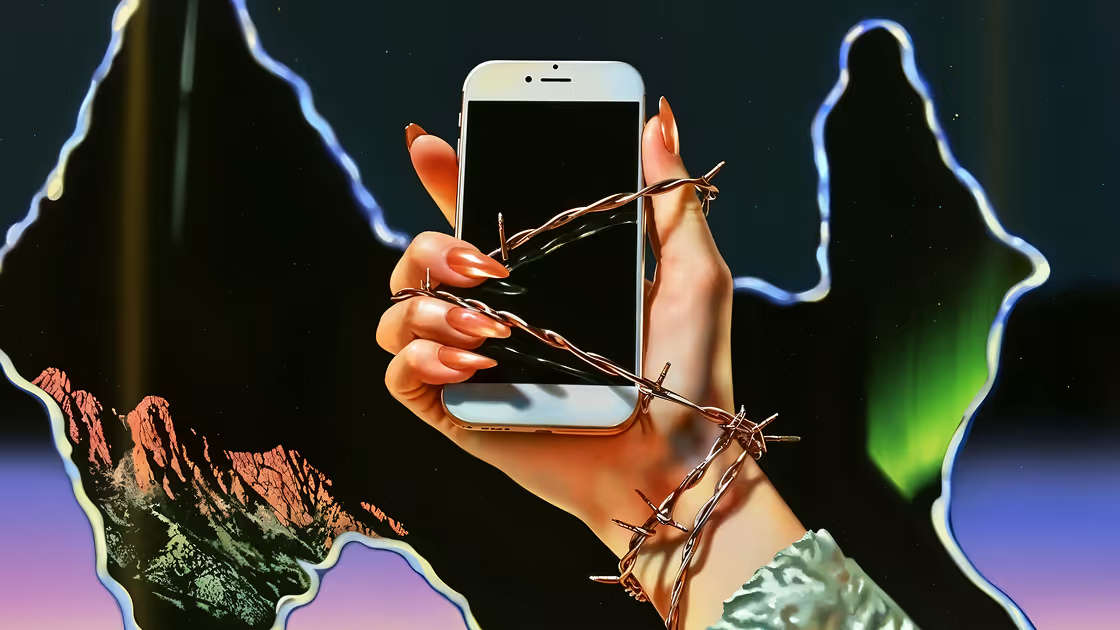

All
Hot Takes, Typos, and Total Chaos: The Secret Tactics Driving Online Engagement
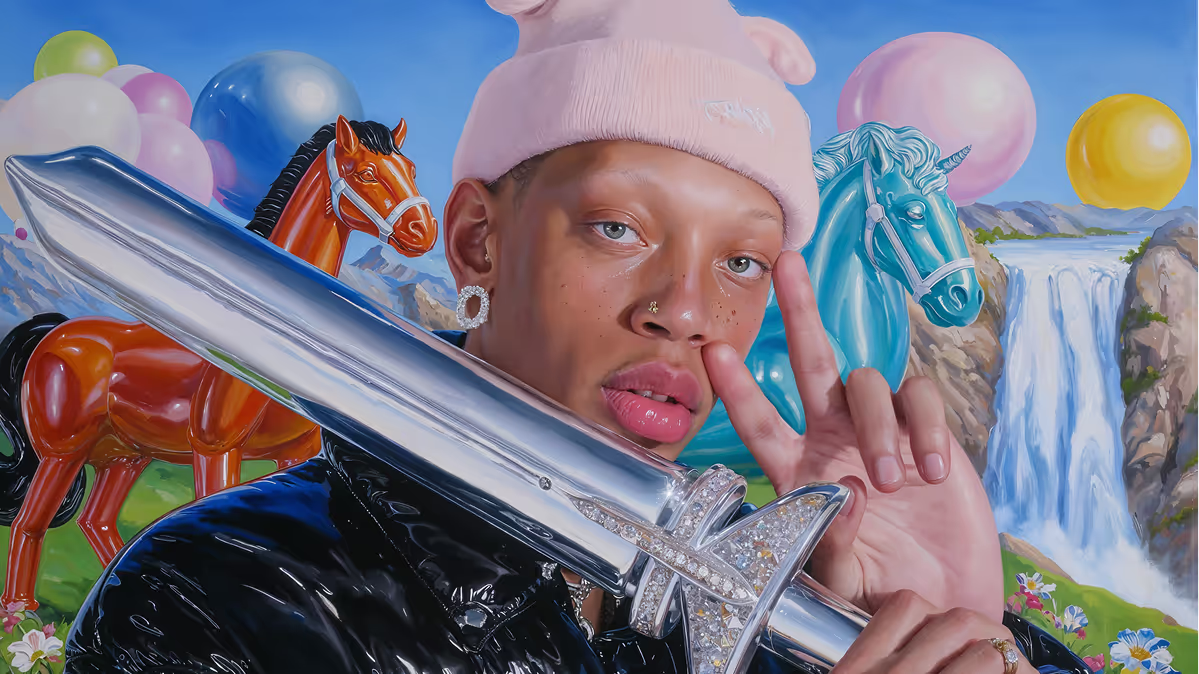

All
THE DEATH MARCH OF HYPERCOLOR BALLOON SWORDS


All
“They’re Watching Me”: Gang Stalking, Internet Delusions, & the Modern Mindf*ck
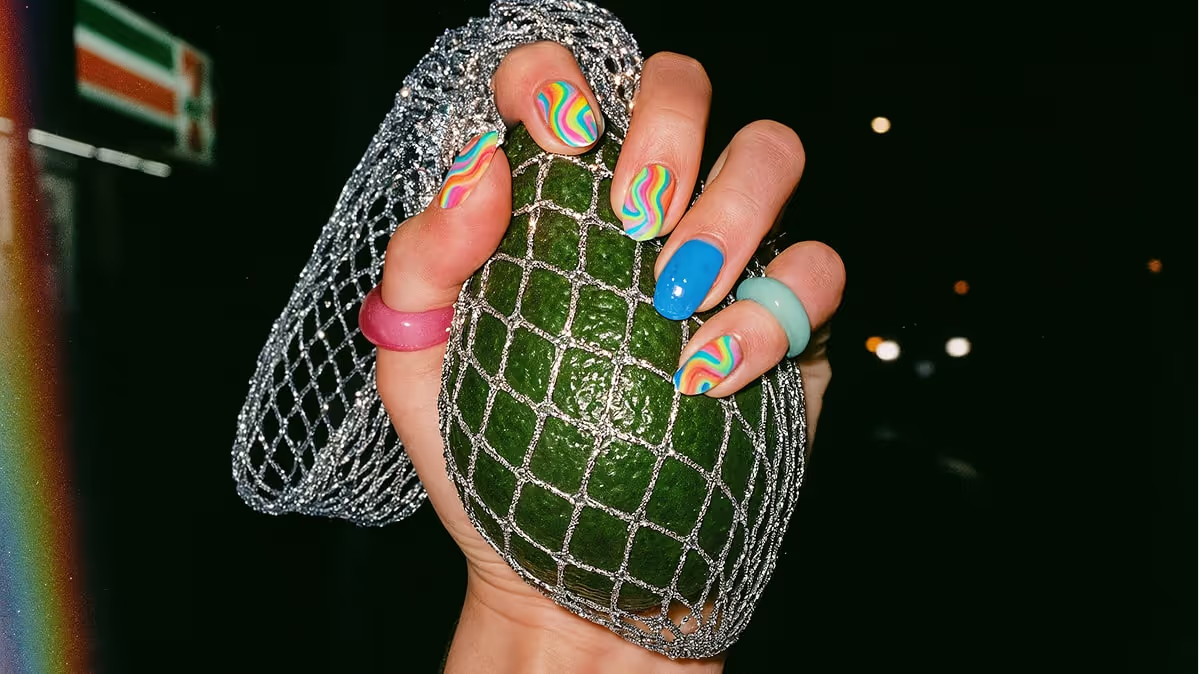

All
The Unripest Avocado: Nicholas Perry and the Dangers of Audience Capture


All
Branded Since Birth


All
How to not be a shitty affiliate seller, a talk with So_Narly


All
Parasocial Profit: The Unethical Underbelly of Affiliate Marketing


All
Stitch Incoming: Annie Stafford, Niche, and the Future of Fashion


All
Step right up!


All
Cooking Up a Social Media Empire


All
Right & Wrong Reasons to Expand


All
Have Influencers Peaked?


All
What’s Your Creator Fortune?


All
Mercy Kill Your Online Persona


All
Still Posting Post-Death


All
Cardboard Pizza: The Deadly Art of Losing Your Social Media Credibility


All
From Mr. Beast to Mr. Least?


All
Robots & Red Lace


All
Parental Discretion (Still) Advised


All
It’s 2024 and — Wait, Email Doesn’t Suck?


All
What’s a like on Instagram ‘worth’ in 2024?


All
A crash course in "crash course"


All
Speed sells: Why it’s important to respond lickety-split
© 2025 Manychat, Inc.




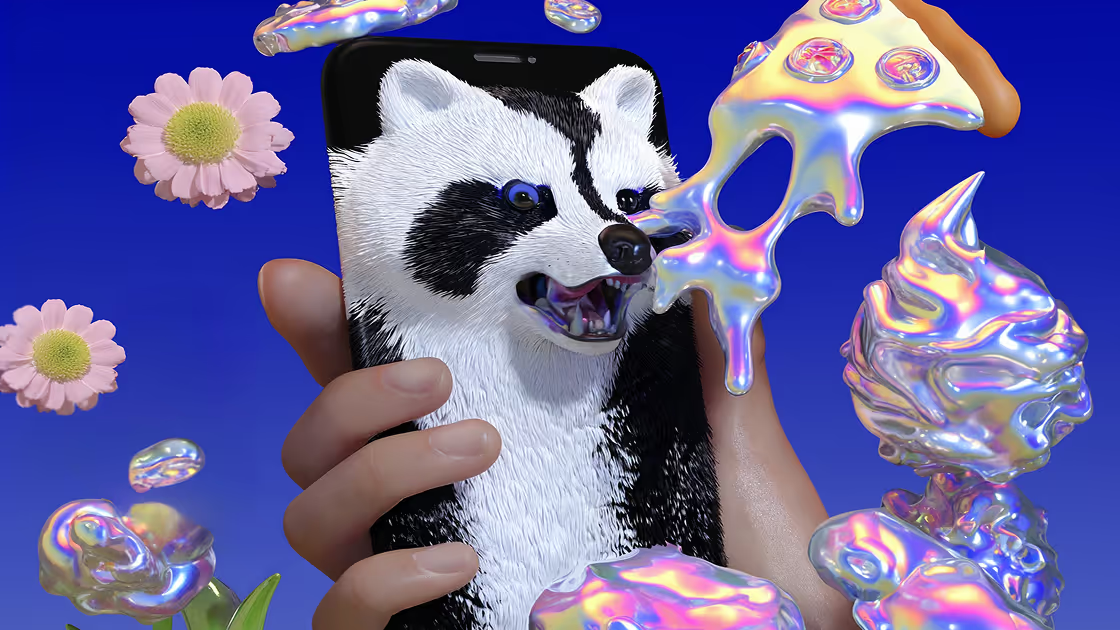
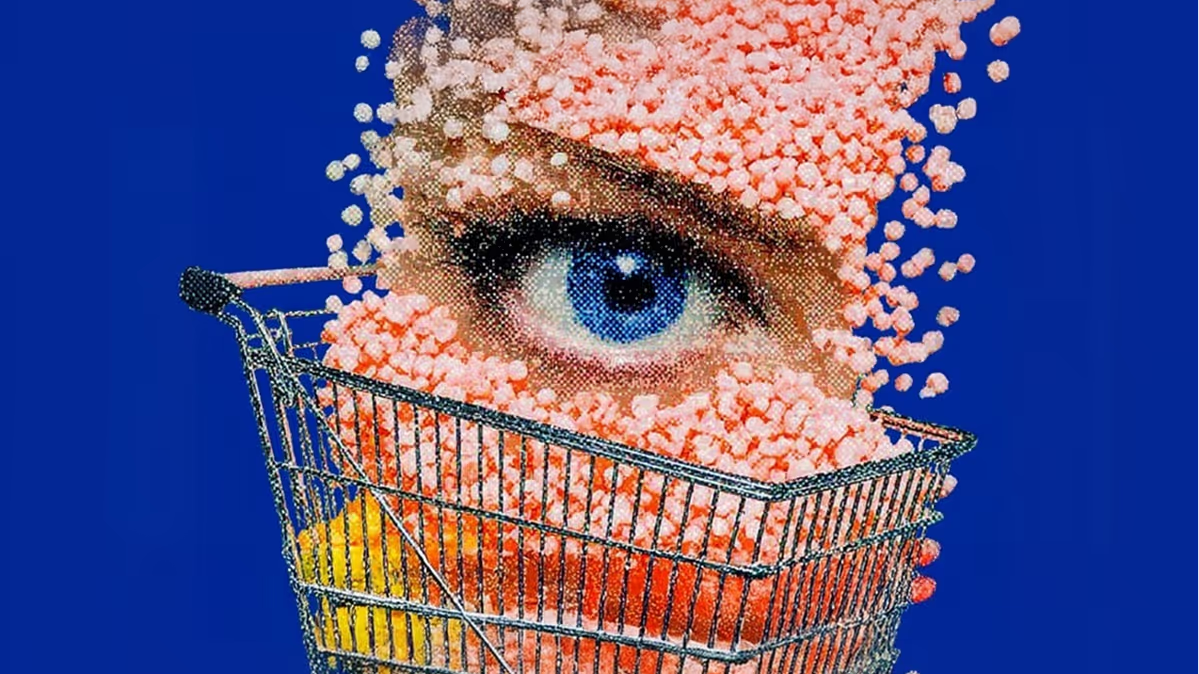
.avif)

















